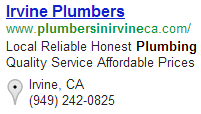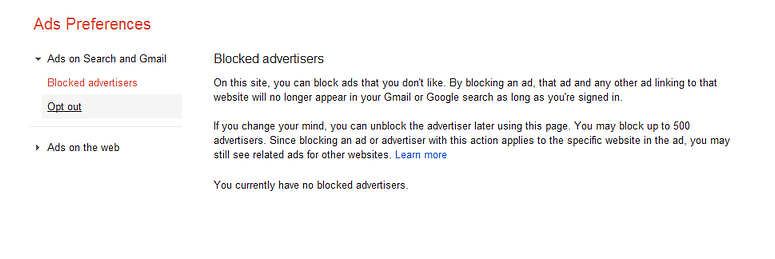For a local service-based business, finding the right customers at the right time can be a challenge. But when you achieve that, it virtually guarantees your success in your market.
To stand out above the noise and ensure your business is seen, it’s more important than ever to target customers who are actively searching for your services. That’s where Yelp comes in. With Yelp’s Request a Quote feature and targeted Yelp Ads, local businesses can connect directly with potential customers who are ready to make a decision.
Whether it’s a plumbing emergency or a home renovation project, consumers turn to Yelp when they need a trusted professional fast. By leveraging Yelp’s powerful advertising tools, small service businesses like yours can engage with these purchase-ready customers – driving more leads and bookings than ever before.
Why Yelp for Service-Based Businesses?
As a service-based business, your success hinges on visibility and trust. Yelp is uniquely positioned to help you achieve both. Getting your name in front of potential customers is only half the battle. You want your business in front of people who are actively looking to hire someone like you. Unlike broad-reaching advertising methods that cast a wide net, Yelp’s platform is designed to help you connect directly with consumers who are ready to make a decision.

What makes Yelp even more valuable for service-based businesses is that its advertising tools – including Request a Quote – are designed to help you stand out. When a user searches for a service, Yelp doesn’t just show them a list of businesses. It provides opportunities for them to engage directly with you through calls, mapped directions, or, most importantly, Request a Quote, making it easy for customers to reach out for a quote or more information. This kind of engagement drives brand visibility and actual business action – turning browsing into bookings.
Is Yelp Right for Your Business?
It’s no secret that Yelp has faced its share of criticism, particularly around negative reviews and concerns about how they are handled. Many small business owners have been wary of the platform due to these concerns, and understandably so. However, it’s important to acknowledge that Yelp has significantly improved its platform in recent years, addressing many of these issues and making strides to ensure a more balanced and fair experience for businesses.

The reality is, while Yelp’s past reputation might still be a concern for some, the Request a Quote feature and Yelp Ads give businesses the ability to generate high-quality leads directly from users who are actively searching for services. Like them or not, the bottom line is that Yelp has created a great opportunity for small businesses. The platform’s ability to engage with customers who are ready to buy far outweighs concerns about past perceptions.
Why DIY is Bad for Business
You might be wondering: what’s the advantage of partnering with a Yelp Certified Ad Partner like Local Splash instead of going the DIY route with Yelp Ads? The answer lies in expertise, strategy, and results. While Yelp offers robust advertising tools, Local Splash takes it a step further by bringing years of experience in local search marketing and a deep understanding of Yelp’s advertising platform.
As a Yelp Certified Ad Partner, Local Splash has direct access to exclusive discounts, promotions, and campaign optimizations that can significantly improve the effectiveness of your Yelp Ads. Plus, we offer real-time support, ensuring that your campaigns are constantly optimized to deliver the best results possible. You’ll have an experienced team by your side to help manage and track everything – from ad spend to lead generation – while you focus on running your business.
Working with Local Splash gives you the benefit of not just creating ads, but creating ads that convert. We help you make the most out of Yelp’s Request a Quote feature – turning casual browsers into customers. Our detailed tracking and reporting tools also give you visibility into how well your campaigns are performing, making it easy to measure your success and adjust strategies as needed.
Next Step: The Must-Have Tool for Your Service-Based Business
For service-based businesses, Yelp Ads and the Request a Quote feature are a powerful combination that can drive real results. The platform is specifically designed to connect businesses with customers who are actively looking for services like yours, making it an ideal tool for driving qualified leads and bookings.
Despite its past reputation challenges, Yelp has transformed into a marketing powerhouse that offers businesses the opportunity to engage with potential customers who are ready to hire. By leveraging Yelp Ads and Request a Quote, small service businesses can dramatically increase their visibility and connect with a highly targeted, purchase-ready audience.
Working with a Yelp Certified Ad Partner like Local Splash means you’ll get the most out of Yelp’s tools – without the headaches of managing ads on your own. If you’re looking to grow your business and capture more leads, it’s time to reconsider Yelp and put these powerful tools to work for you.




